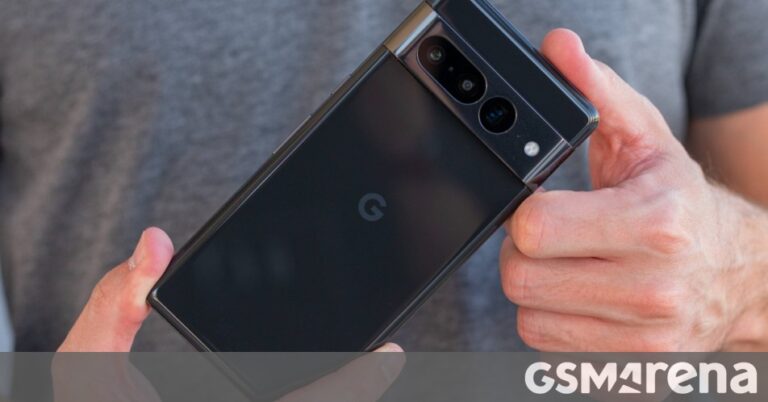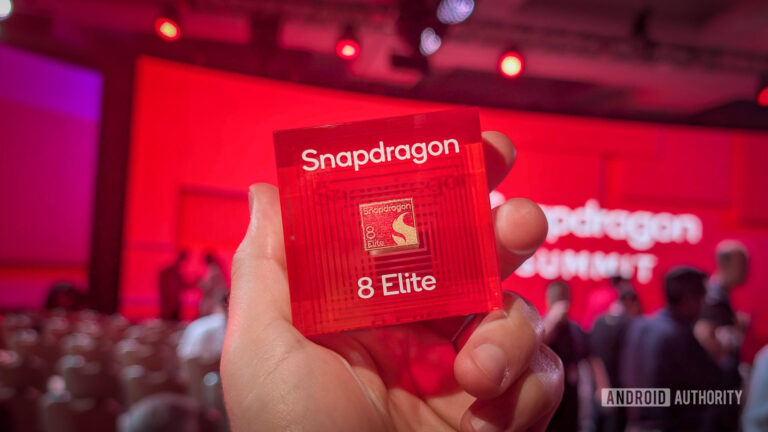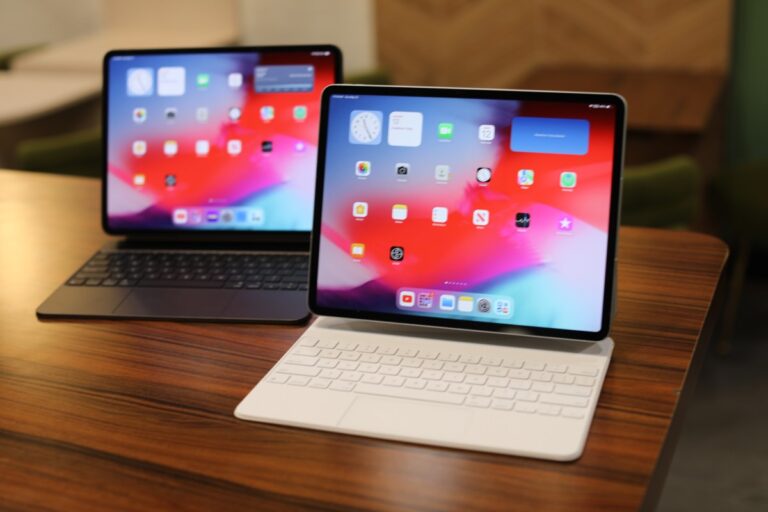Which smartphone batteries can handle the most charge cycles?

Aamir Siddiqui / Android Authority
TL;DR
- For the EU’s new energy label program, smartphones advertise a rated number of charge cycles.
- We’ve complied a list of those cycle counts for popular phone and tablet brands and models.
- Samsung finds itself at the head of the pack, with many devices boasting batteries that will endure 2,000 cycles.
With Google just announcing the start of its Battery Performance Program for the Pixel 6a, set to get underway next week, battery health is very much on our mind. It’s a little odd thinking about your smartphone as a consumable, but to an extent that’s what it really does come down to, and every time we put one of our devices through a full charge cycle, we end up with batteries that are just a little bit worse for the wear. Repeat that process hundreds upon hundreds of times, and you’ll really start to notice those losses.
One thing this whole fiasco with the Pixel 4a and now Pixel 6a has really driven home for us is that not all batteries are created equal. The problem is, we tend to only learn about devices with batteries that cause problems years down the line. Isn’t there any good way to set your battery expectations when you’re initially purchasing your phone? Sure enough, we just got one.
Like many other recent consumer-benefiting smartphone rules, we’ve got the European Union to thank here, and specifically, its new energy label program. Just like you might see an Energy Star rating on a new appliance, these labels help communicate power efficiency, hardware durability, and most critically for today’s discussion, a rating for the number of charge cycles the phone should be able to endure.
Want to know just how your phone’s battery rates against the rest of the playing field? We’ve been wondering ourselves, so we put together this chart highlighting the number of charge cycles these labels advertise for some popular devices.
- 1,000 charge cycles: Pixel 9, Pixel 9 Pro, Pixel 9 Pro XL, Pixel 9a, Pixel 8a
Samsung
- 2,000 charge cycles: Galaxy S25, Galaxy S25 Plus, Galaxy S25 Ultra, Galaxy S25 Edge, Galaxy S24, Galaxy S24 FE, Galaxy A56, Galaxy A36, Galaxy XCover7, Galaxy XCover7 Pro, Galaxy Tab Active5, Galaxy Tab Active5 Pro, Galaxy Tab S10 Plus, Galaxy Tab S10 Ultra, Galaxy Tab S10 FE, Galaxy Tab S10 FE Plus
- 1,200 charge cycles: Galaxy A26, Galaxy A16
Fairphone
- 1,300 charge cycles: Fairphone 5
- 1,000 charge cycles: Fairphone (Gen. 6)
Motorola
- 1,200 charge cycles: Edge 50, Edge 50 Neo
- 1,000 charge cycles: Razr 60, Razr 60, Ultra, Edge, 60, Edge 60 Pro, Moto G86, Moto G75, Moto G56, Moto G35, Moto G15, Moto G15 Power, Moto G05, Moto E15
- 800 charge cycles: Moto G55
Nothing
- 1,400 charge cycles: Phone 3, Phone 3a, Phone 3a Pro, CMF Phone 2 Pro,
OnePlus
- 1,200 charge cycles: OnePlus 13R
- 1,000 charge cycles: OnePlus 13
Sony
- 1,400 charge cycles: Xperia 1 VII
We’ve verified all these figures through the EU’s European Product Registry for Energy Labelling. Thanks to Reddit user FragmentedChicken for putting together an early version of this list; we’ve gone through the whole database and added even more devices you may find relevant.
Curious what the battery situation looks like on the other side of the platform fence? We pulled up the ratings for Apple hardware, too, and everything it has in the EU’s system, from the iPhone 16 Pro Max to the iPad Air M3, claims a rating of 1,000 charge cycles.
Right now, the vast majority of devices fall in the 1,000–1,400 cycle range. So how did Samsung manage to push so many of its phones and tablets up to 2,000 cycles? That is a very, very good question, and we would love to see a more technical analysis into how these numbers are put together, and just how accurately they may reflect real-world conditions. And what impact does different battery chemistry, like the silicon-carbon battery in the OnePlus 13, have on the cycle count?
This database offers a great jumping-off point, but we would sure love to see a whole lot more battery information provided by the manufacturers behind these devices.





